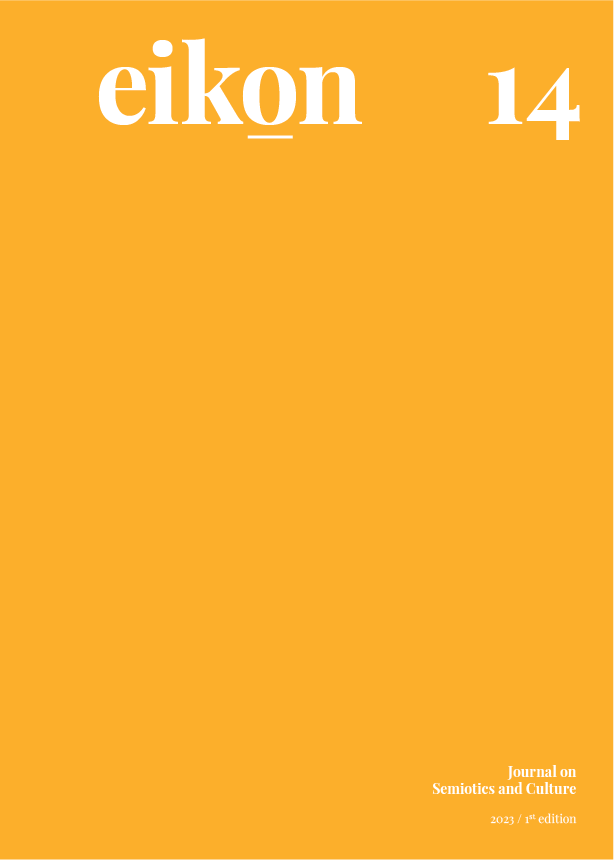Contribuição da semiótica na construção de uma dimensão sensível no contexto comunicacional
Abstract
It proposes a reflection on the sensitive dimension in the context of experiential journalism, reviewing pioneering experiences and their communicational impact. The sensitive dimension is explored through practices related to experiential journalism, such as artistic journalism and aesthetic journalism, trying to relate journalism and the arts, highlighting the semiotic contribution. It is argued that there is a basis for the empirical study of the sensitive dimension of the communicative act, highlighting the relationships that are established and that can be located on the Map of communicative relationships, in which both problematic issues and experiential possibilities that can be related to experimentation and art can be highlighted, among which an empirical result stands out, a journalistic practice that can contribute to the evoked construction of the communication of the future. The conclusion is that different possibilities of communicative relationships can be used to face the challenges in a context where the sensitive dimension stands out in experiential communication practices.
Downloads
Published
Issue
Section
License

This work is licensed under a Creative Commons Attribution-NonCommercial-NoDerivatives 3.0 Unported License.
Authors who publish with this journal agree to the following terms:
- Authors retain copyright and grant the journal right of first publication with the work simultaneously licensed under a Creative Commons Attribution License that allows others to share the work with an acknowledgement of the work's authorship and initial publication in this journal.
- Authors are able to enter into separate, additional contractual arrangements for the non-exclusive distribution of the journal's published version of the work (e.g., post it to an institutional repository or publish it in a book), with an acknowledgement of its initial publication in this journal.
- Authors are permitted and encouraged to post their work online (e.g., in institutional repositories or on their website) prior to and during the submission process, as it can lead to productive exchanges, as well as earlier and greater citation of published work (See The Effect of Open Access).

